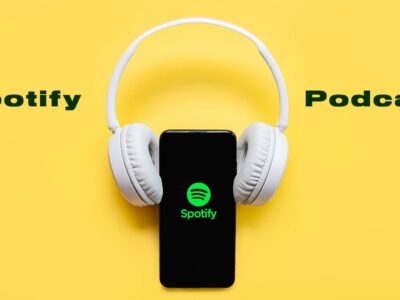Successful marketing campaigns require a lot of planning and exemplary execution. In paid marketing, buying ad spaces and reaching the target audience at the right time at a minimum cost is known as Media Buying. The process happens on both offline and digital platforms. If you want to master the art of Media Buying, you have to understand how the marketing strategy works. Including planning, budgeting, negotiation, top challenges, and available media buying platforms.
Another critical aspect is to use performance marketing to get the best ROI for your ad campaigns.
What Does Media Planning and Media Buying Mean?Â
You need to know that media planning and buying are not the same. Media planning is the initial phase in deciding on a marketing strategy and media that will work best to engage the target audience; once you have the plan ready, that works as input for media buying. The team identifies and purchases the best ad spaces on traditional and digital channels.
If you want to reach maximum customers, at an optimal time, with the least cost, your media buying has to be spot on. The most important thing to keep in mind is identifying what will work for your campaign. Every ad space yield results as long as you know how to use them effectively.
As a media buyer, you should be well-equipped with the right tools and tactics to negotiate to win the best slot. Depending on your requirement, you may go for manual bids, programmatic media ads, or direct buys.
Media Buying Options
Media marketing strategy relies heavily upon the ad platform you want to use. Below are some options:
- Manual Bids: Use an ad platform like AdWords to run and manage your campaign.
- Direct Buy – You negotiate directly with the relevant advertisers; for example, a sports equipment brand places ads on the Olympics website.
- Programmatic – Use automated ad space that uses AI technology to reach your target audience. The prices are decided through RTB (real-time bidding) and hence competitive. You have to pay based on CPA (cost per action). Programmatic buying has three components.
- Ad Exchange: you can buy the ad inventory from media marketplace like DoubleClick Ad Exchange by Google, Right Media Exchange by Yahoo, OpenX, and Microsoft Advertising Exchange.
- DSP (Demand-Side Platforms) allows you to buy ad space from multiple web users in real-time. As a media buyer, you get a plethora of opportunities. Facebook Ads and Amazon DSP are some of the key examples.
- SSP (Supply-Side Platforms): The publisher version of DSPs, like Google Ads, allows web media owners to sell spaces for ads providing an excellent opportunity to buy relevant reach and maximum clicks.
Even if you know which tactics and components of media inventory to use for your ads, other factors need consideration to negotiate the perfect slot at an optimal price.
Factors to Consider While Negotiating Media Buying?Â
A successful media buyer has to be an excellent negotiator. Below are some key factors and tips to help you get the best deal.
- Know your expenditure limits: Try to answer questions like, how much is your budget? which publications can be cost-effective? How to get the best ROI by being within your budget.
- Do your homework: Do thorough research, determine the price structure of leads in your industry, the standard cost of ads on various platforms, and identify what works best.Â
- Look for long-term deals: If you want to work with specific media platforms to place ads for a long duration, try to secure bulk rates and lower your expenditure.
- Go for Integrative negotiations: Always look for a win-win situation while negotiating, don’t undermine the other party.
Significant Challenges in Media Buying?Â
Below are a few critical challenges of media buying efforts:
- Tracking Marketing Performance – Most marketing campaigns suffer from a lack of performance measurement. Hence they don’t know what is working and what’s not?
- Unclear Contracts – A good negotiation is nothing unless it’s documented clearly. Many times ambiguity is left while drafting contracts that cause trouble later.
- Ad Frauds – If you are not careful enough, you may waste your ads on a malicious website. Hence it’s best to review the sites while buying ad spaces.
- Inaccurate marketing data – There is a lot of insufficient data in marketing inventory that costs approx. 30% of media buying businesses revenue.
Digital Media Buying Platforms
Below are some of the most popular digital media buying platforms that allow you to purchase ad space and time by targeting specific consumers based on demographic and behavior:
- The Trade Desk – It gives you access to premium publishers; some of the major ones include Wall street journal, Spotify, and ESPN.
- Google Display and Video 360 – One of the most popular platforms gives you tools for basically everything you need for your campaign. In addition to websites, you can reach YouTube and Television audiences.
- Amazon DSP: Like Google, Amazon is a popular and effective platform for ad space purchase; it also protects you from Ad fraud.
- AdCritter: Best DSP for small and medium-sized businesses.
Media buying is an exciting and challenging task that requires negotiation skills, research, and understanding of digital media marketing platforms. However, you can get the best ad placement and customer conversion by using the right skills and strategy.








Comments